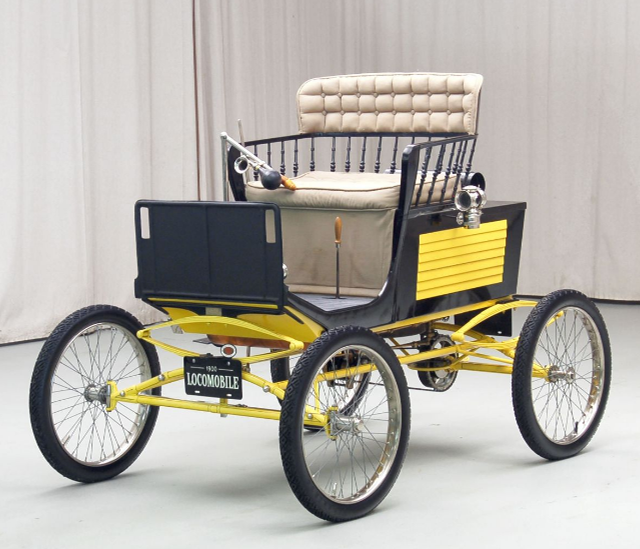The World's First Parliament of Religions was a historic interfaith gathering held in Chicago, Illinois, from September 11 to 27, 1893. It was the first large-scale gathering of representatives from the world's religions, and it helped to promote religious tolerance and understanding.
 |
| On the platform of the Parliament of Religions 1893 (left to right), Virchand Gandhi (Jainism), Anagarika Dharmapala (Buddhism), Swami Vivekananda (Hinduism), G. Bonet Maury (Christianity). |
The Parliament was organized by the World's Congress Auxiliary to the Columbian Exposition, which was a world's fair held in Chicago to celebrate the 400th anniversary of Christopher Columbus's arrival in the Americas. The Parliament was held in the Art Institute of Chicago building before the Art Institute moved in, and it featured over 700 delegates from over 20 different religions, including Hinduism, Buddhism, Islam, Judaism, Christianity, and Zoroastrianism.
 |
| 1893 World's ParliamenWorld'sligions, The Buddhist High Priests of Siam. |
The Parliament was a major success attracting over 750,000 visitors. It helped to promote religious tolerance and understanding around the world. It also helped to inspire the development of new interfaith organizations, such as the Parliament of the World's Religions, which still exists today.
Here are some of the key speakers and events from the 1893 World's Parliament of Religions:
- Reverend John Henry Barrows: The general chairman of the Parliament, Barrows was a Unitarian minister who was passionate about promoting religious understanding. He gave the opening address to the Parliament, calling for a "world faith" that would unite all people of all religions.
- Swami Vivekananda: A Hindu monk, Vivekananda was one of the most popular speakers at the Parliament. He gave a passionate speech calling for a "harmony of religions" and a "brotherhood of man" His speech was a significant turning point in how Hinduism was perceived in the West.
- Mohammed Abduh: An Egyptian scholar and reformer, Abduh was one of the leading voices of Islam in the 19th century. He gave a speech calling for a "reinterpretation" of Islam to make it more relevant to the modern world.
- Henry Steel Olcott: A co-founder of the Theosophical Society, Olcott was a leading figure in studying comparative religion. He gave a speech in which he argued that all religions are essentially the same and that they all aspire to the same goal.
- Bishop Charles Henry Brent: An Episcopal bishop, Brent was one of the most vocal advocates for religious tolerance at the Parliament. He gave a speech calling for a "new world faith" that would unite all people of all religions.
The 1893 World's Parl"ament of Religions was a landmark event in the history of interfaith diaWorld'sIt helped promote religious tolerance and understanding worldwide. It inspired the development of new interfaith organizations. The Parliament's legacy continues today, encouraging people to work for peace and understanding betParliament'snt religions.
1993 World's Parliament of Religions, Chicago, Illinois.
The 1993 World's Parliament of Religions was a gathering of religWorld'saders and scholars from around the world, held in Chicago, Illinois, from September 4-10, 1993. It was the second World Parliament of Religions, following the first in 1893. The Parliament's theme was "A Global Ethic: Building a Just and Peaceful World."
Over 8,000 people from over 100 countries attended the 1993 Parliament to celebrate, discuss and explore how religious traditions can work together on the critical issues which confront the world. They repreWorld'svarious religious traditions, including Hinduism, Buddhism, Jainism, SikWorld'saoism, Confucianism, Judaism, Christianity, Islam, and Baha'i. Each area had a series of workshops, panels, and lectures. There were also performances by artists and musicians from different religious traditions.
2023 World's Parliament of Religions, Chicago, Illinois.
The 2023 Parliament of the World's Religions will be hosted from Monday, August 14 through Friday, August 18, at the McCormick Place Lakeside Center, Chicago, Illinois.
Compiled by Dr. Neil Gale, Ph.D.








